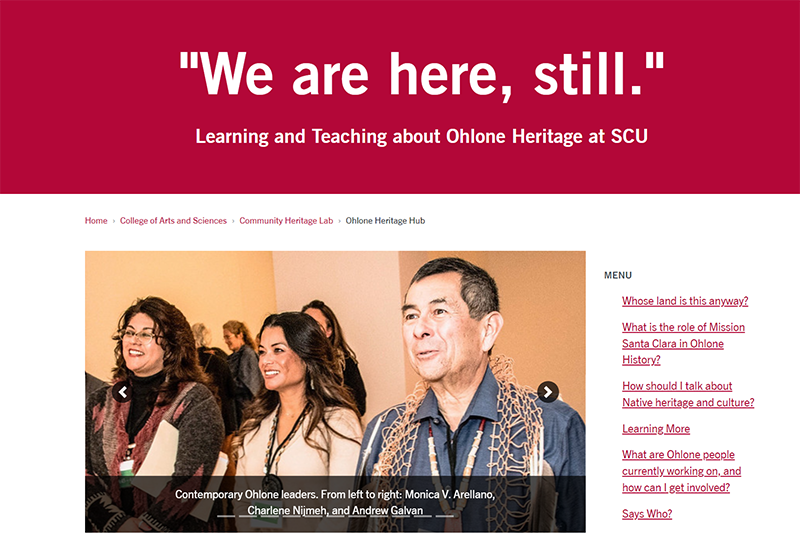
Ohlone Heritage Hub website
The Ohlone Heritage Hub provides guidance and resources for learning and teaching about the rich history of Ohlone people at Santa Clara. These materials have all been selected or approved by Muwekma Ohlone Tribe and Ohlone Indian Tribe members who trace their ancestry through Mission Santa Clara, among other Bay Area missions. Non-Native SCU faculty have developed this guide for faculty, staff, students, and community members, including educators, to provide educational resources that align with the interests and commitments of the living descendants of the original inhabitants of these lands.
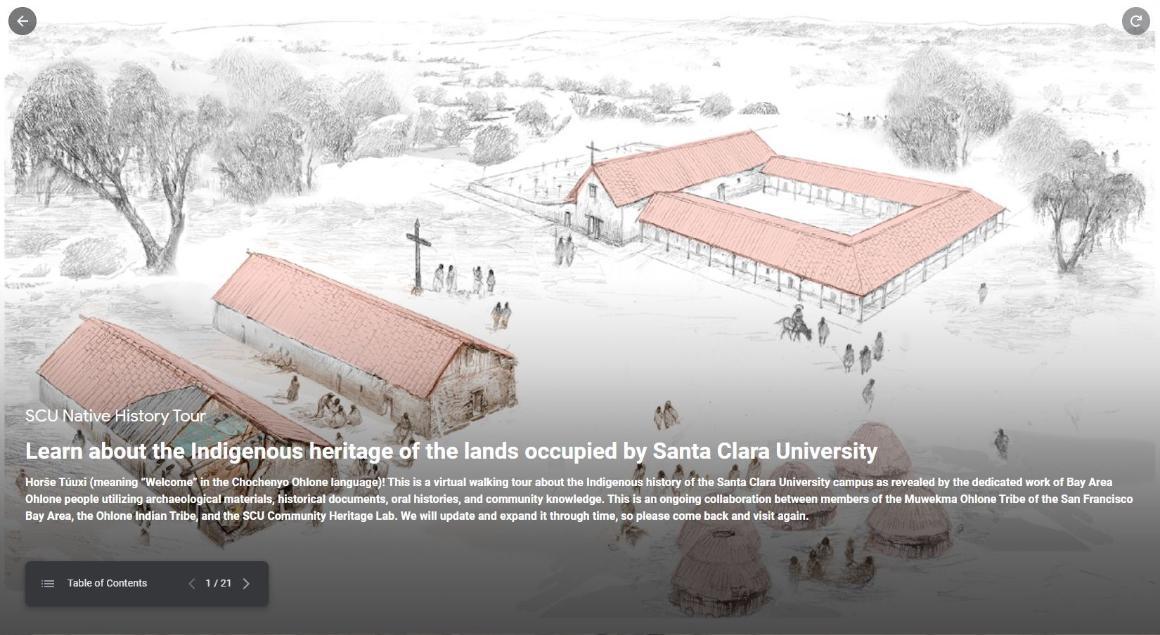
Google Earth Native History Tour
The SCU Native History Tour, developed in collaboration with members of San Francisco Bay Area Ohlone communities, showcases the Indigenous history of the Santa Clara University campus. The tour, hosted in Google Earth, allows you to move through SCU's campus virtually, using the arrow icons in the bottom left of the window to navigate. At most stops, you can click on the images above the text for a slideshow and/or further information from Ohlone representatives.
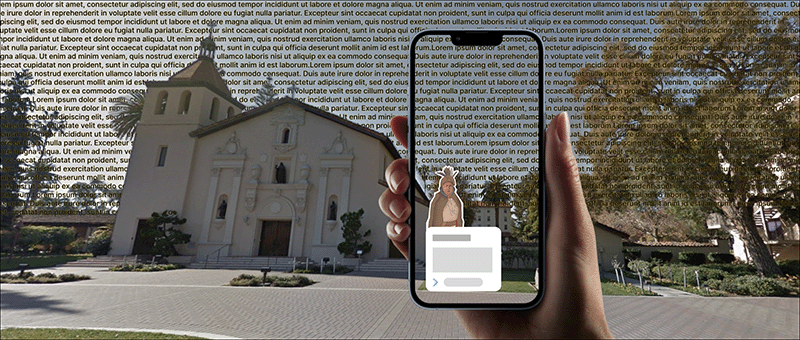
Ohlone Augmented Reality (AR) Tour
The Ohlone Augmented Reality (AR) Tour will allow visitors to interact with about 20 stops on the SCU campus via their phones, revealing scenes such as a pre-colonial Thámien Native village, a virtual memorial to the Ohlone, and a visualization of the Tribal flag flying on the campus. These stops are crafted to reveal hidden histories, spur visitors towards critical reflection, and inspire visions of more just future relations. An extension of existing digital tours, early versions of this project focused on generation of 3D objects and buildings developed by students in the WAVE+Imaginarium Lab, and current work is being undertaken in the Human Computer Interaction Lab as well. This project is funded by a 2023 Whitham Family Collaborative Scholarship Award.
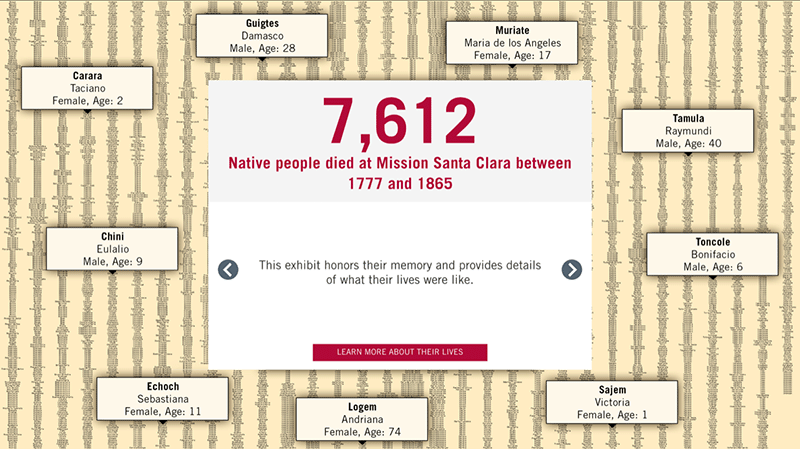
Mission Santa Clara Cemetery Memorial Project
Co-created by the Muwekma Ohlone Tribe and SCU faculty and staff, this project is an interactive digital memorial to honor the approximately 7,600 Native people who are buried in the cemeteries associated with Mission Santa Clara. The memorial includes the names of every Native person listed in the mission’s death records as well as videos featuring members of the Muwekma Ohlone Tribe reflecting on the connections between past and present. In conversation with Muwekma Ohlone youth, students in courses taught by Drs. Amy Lueck and Lee Panich authored biographies of notable Native individuals from Mission Santa Clara. Open to the public in Fall 2023, the memorial is housed in the California Stories permanent exhibition in SCU’s de Saisset Museum. Funding for this project was provided by a Sustaining Public Engagement Grant from the American Council of Learned Societies (ACLS).
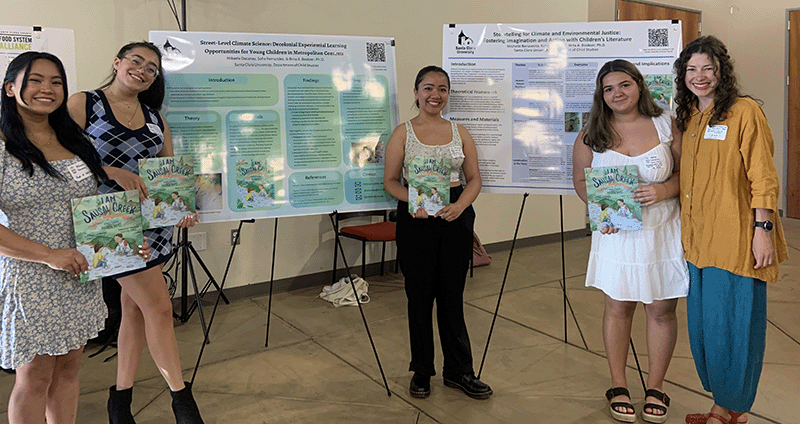
Restorying El Sausal Creek
A passionate mentor and eager collaborator, Brita Bookser recently co-presented research with students in her Tensions & Transformations research group at the Climate and Environmental Justice Conference at SCU. Weaving developmental science with the curricular and decolonial potentials of "restorying," these projects investigate content, qualities, and implementation of children’s literature in relation to climate and environmental justice. Specifically, this research focuses on the children’s story, I Am Sausal Creek/Soy El Arroyo Sausal, written by Melissa Reyes, illustrated by Robert Trujillo, and translated by Cinthia Muñoz. Sausal Creek is a culturally relevant waterway that travels through unceded Lisjan Ohlone Territory in what is currently Oakland, California.
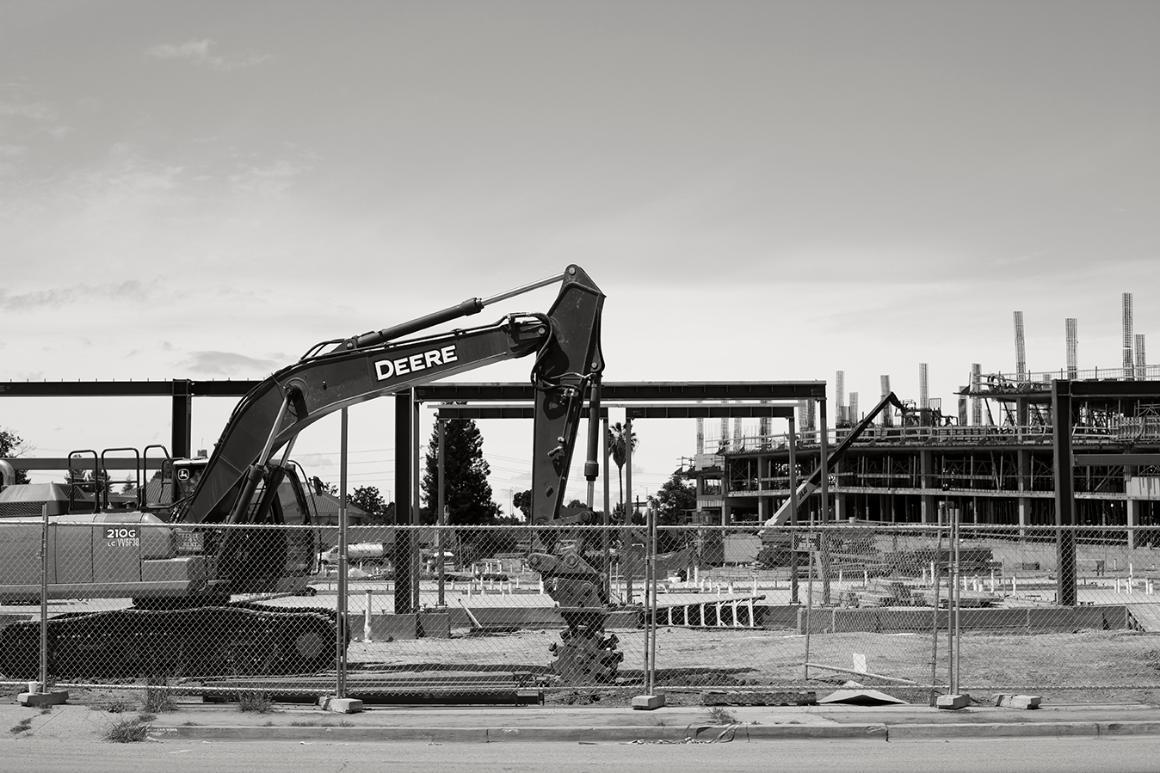
Histories of Environmental and Social Change in Silicon Valley
As part of his teaching and research in SCU’s Department of Anthropology, Dr. Ryan Anderson has been chronicling environmental and social change throughout the Bay Area, with a specific focus on Silicon Valley. He wrote a 2018 piece with Dr. Mythri Jegathesan (Anthropology) for Anthropology News called “Disrupting Silicon Valley’s Stories,” which challenges narratives of wealth and prosperity about the valley and its history. Dr. Anderson also teaches an ELSJ course (ANTH 3), in collaboration with the CHL, that explores the displaced, marginalized, and alternative histories of Silicon Valley through ethnographic research, photography, and oral histories.
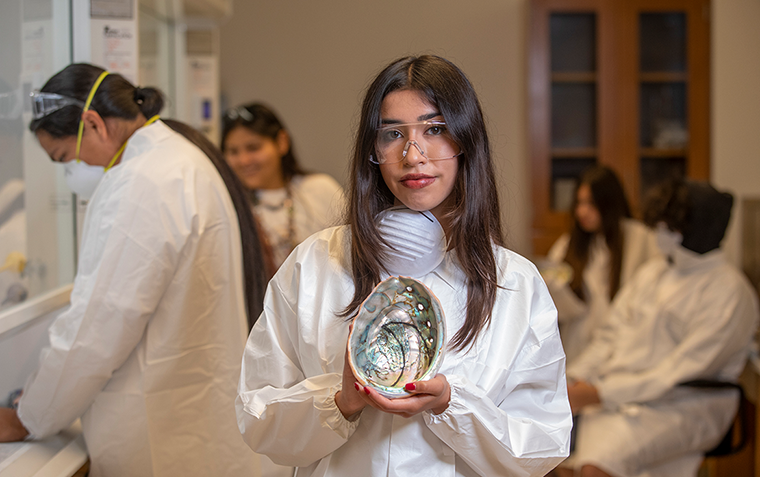
Cultural Campout
The Ohlone Cultural Youth Camp, co-designed and facilitated by Isabella Gomez ‘28 (Philosophy) and Amy Lueck (English), is a culturally sustaining program that brings Muwekma Ohlone youth to their homelands to connect to land, community, and culture while strengthening their identities as college-bound students. During the camp, students practice traditional arts, such as abalone carving, and connect those practices to academic and scholarly practices and sites at the university, including science labs, Archives and Special Collections, the Imaginarium, and the de Saisset Museum. The 2023 pilot of this project was supported by a 2023 grant from the Conference on College Composition and Communication, and the following SCU offices: Mission and Ministry, Enrollment Management, Inclusive Excellence, Office of Diversity and Inclusion, College of Arts and Sciences, and the School of Engineering.

3D Models of Santa Clara Artifacts and Architecture
Check out our growing collection of 3D models on the CHL’s Sketchfab page. The collection includes architectural models created by Vedya Konda (‘23) and Elliot Lee (‘23) of the WAVE+Imaginarium Lab as well as a range of objects from campus archaeological collections and the de Saisset Museum. The artifact models were made by students in different iterations of the Virtual Santa Clara course (ANTH 149/ENGL 100, co-taught by Lee Panich and Amy Lueck), in conversation with members of the Ohlone community. Funding for the lab’s 3D scanning equipment was generously provided by the College of Arts & Sciences, Center for Arts & Humanities, the Digital Humanities Initiative, the de Saisset Museum, and the Departments of Anthropology and English.